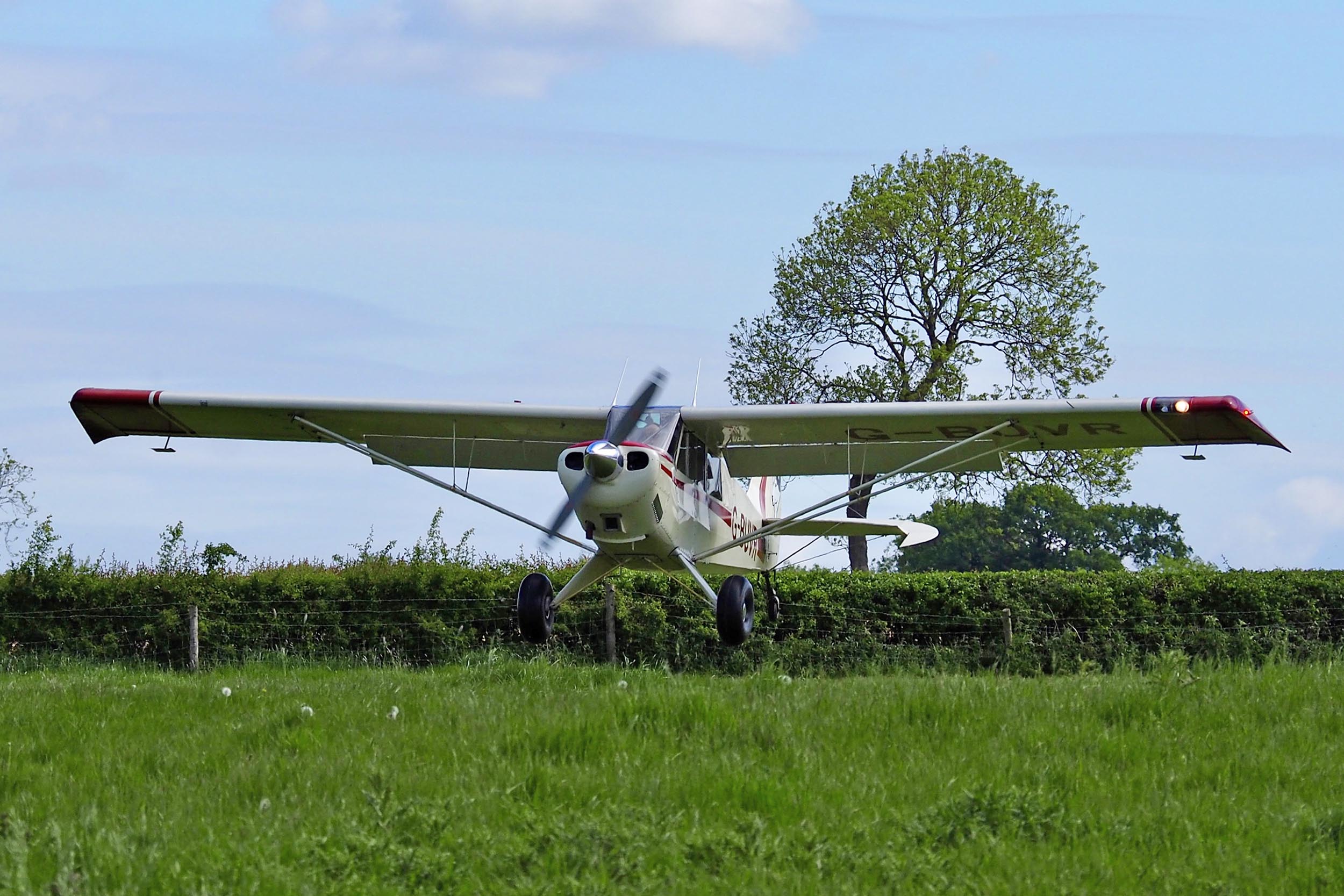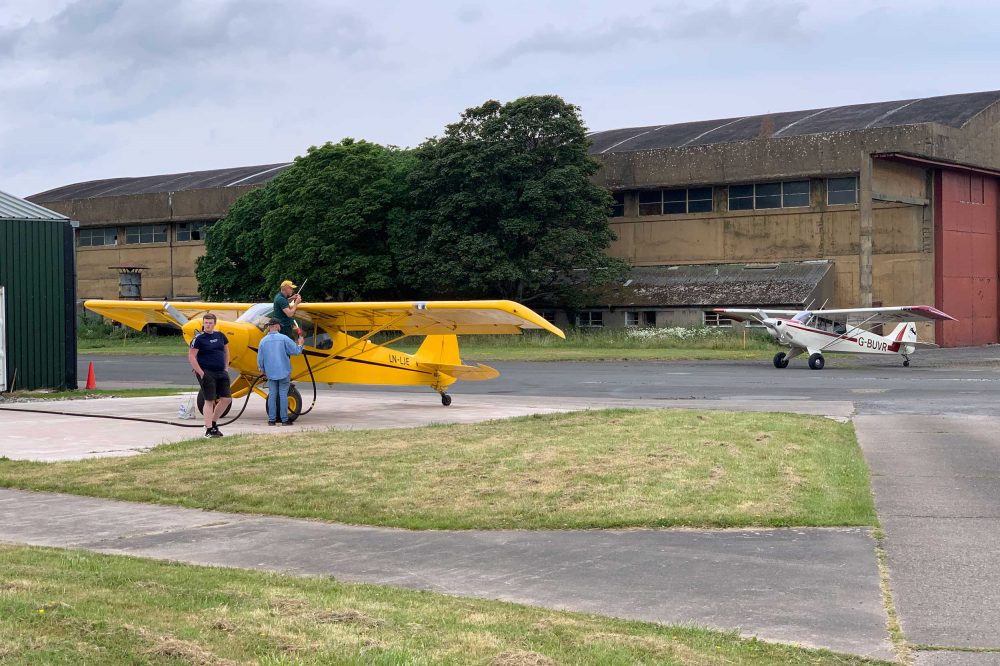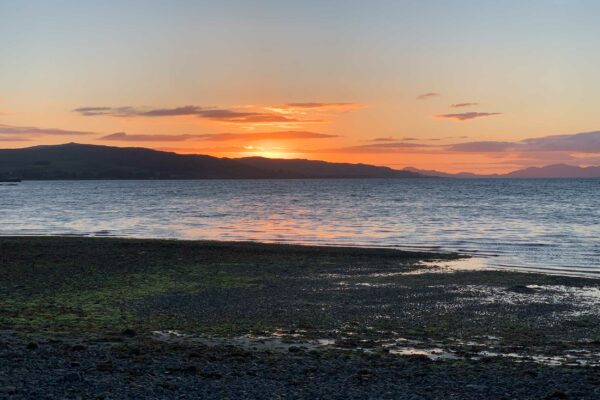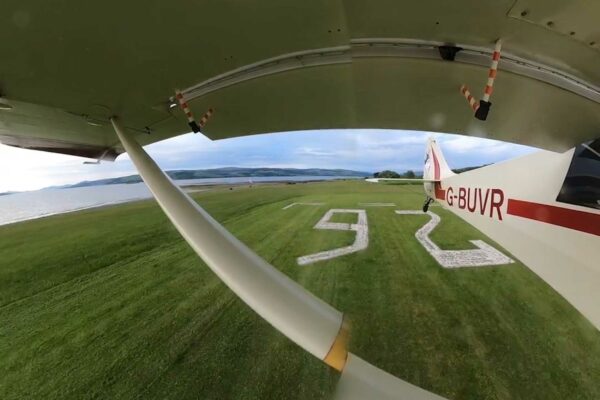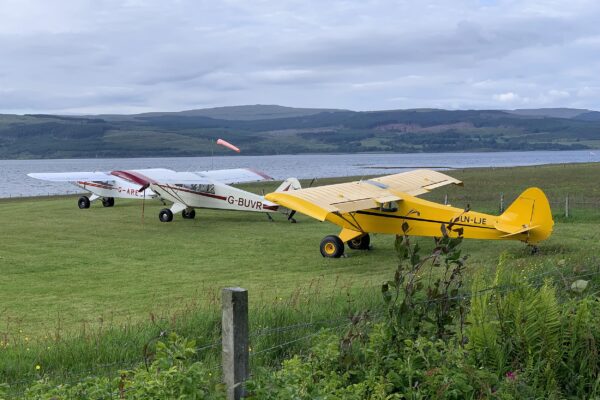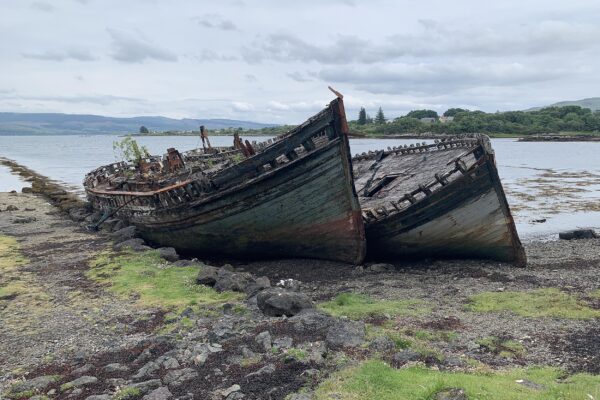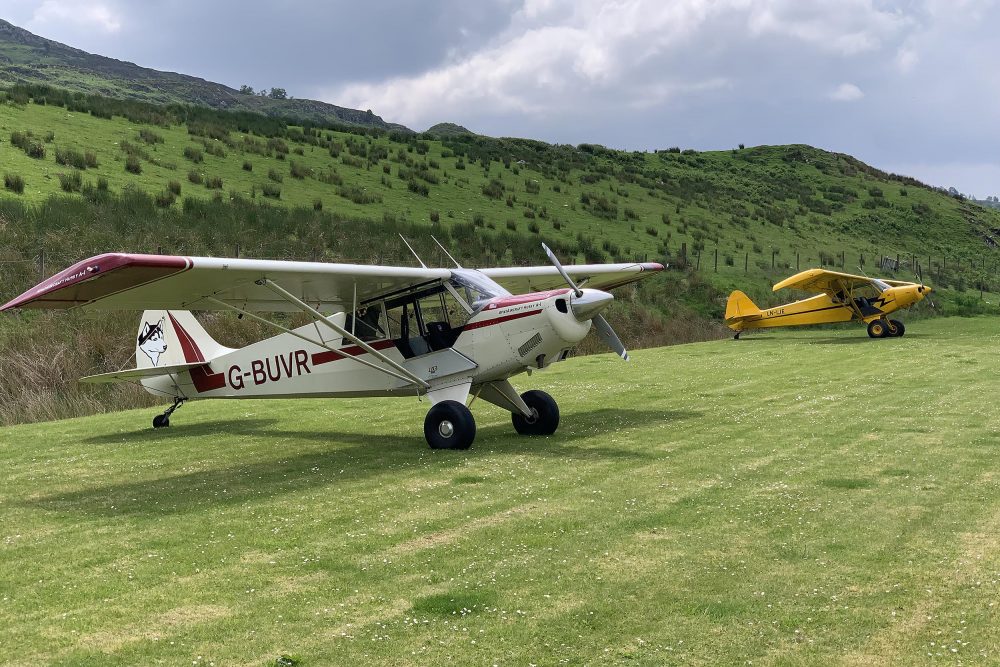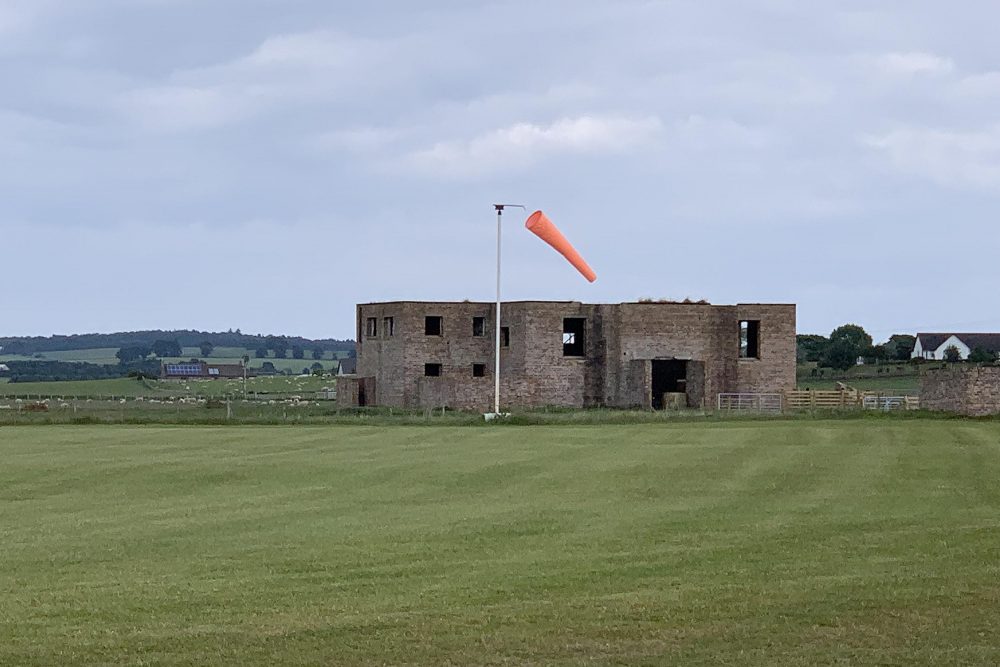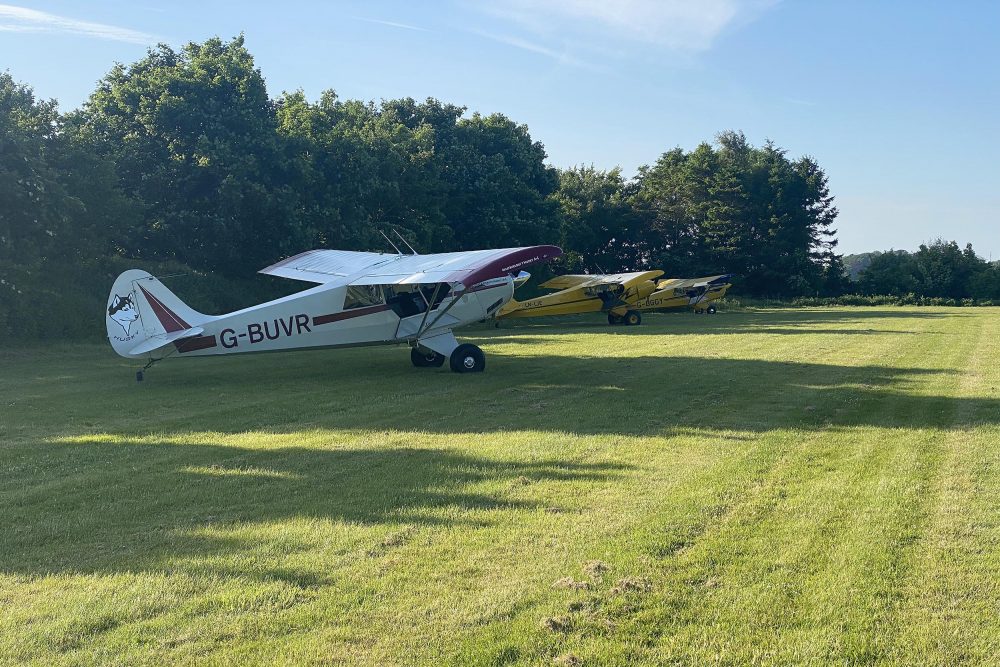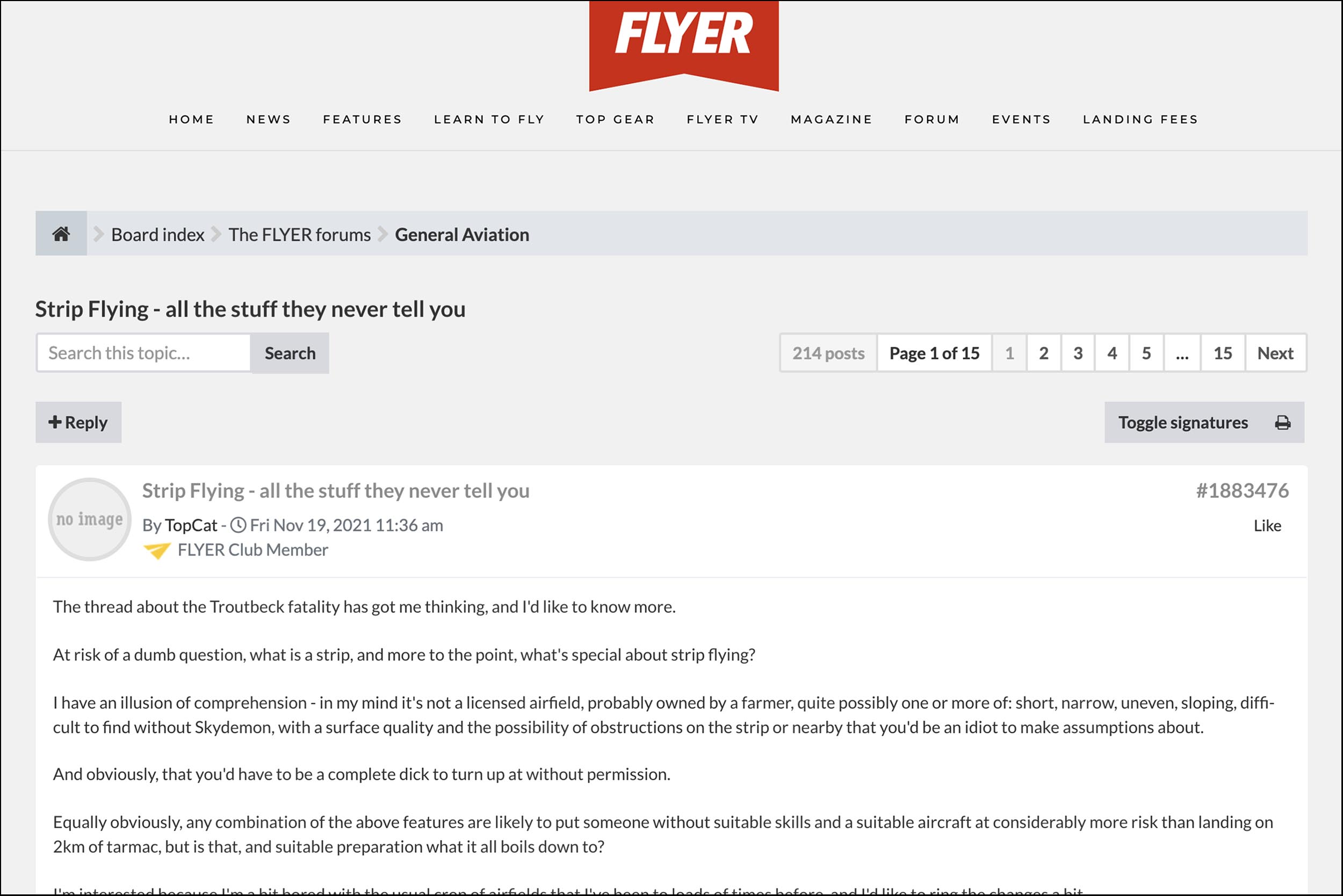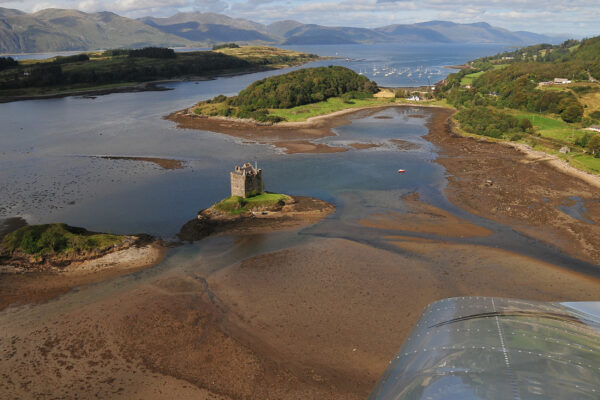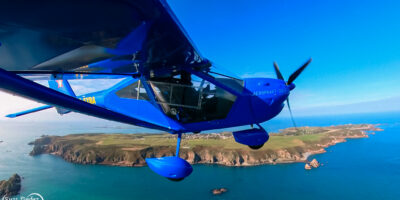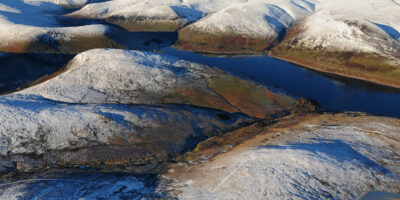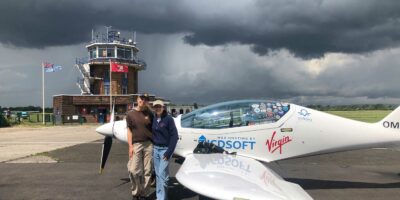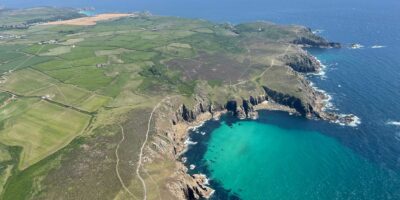Creating a community
I constantly reflect on how lucky and privileged I am to be a pilot, and how I get to couple this interest with my love of the countryside. This blend of flying and the countryside allows me to pursue my passion and fascination for STOL and backcountry flying. I felt that to get the most from my flying I needed to be part of a community.
Calling it ‘backcountry flying’ in the UK is probably a bit of a stretch so I like to call it, ‘hinterland flying’. I believe this is more suited to the UK landscape and scale. This led to me creating Hinterland Pilot, my social media brand to promote flying and unite a group of like-minded pilots.
From this platform, I reached out to fellow pilots and within a week I had 20-plus new flying contacts all keen to meet up. They were from all over the UK and even included one pilot from Tanzania. Surprisingly, Hinterland Pilot also started to draw an audience from North America, who were also keen to understand the UK scene.
I joined the Flying Farmers Association, a group of 250-plus grass strip pilots who share my passion. I quickly discovered some of the members flew tailwheel aeroplanes and were looking to broaden their horizons. This culminated in me organising a STOL event, which included a talk and flying demonstration for the members at Belvoir Castle.
“This blend of flying and the countryside allows me to pursue my passion and fascination for STOL and backcountry flying”
Out of the blue I was contacted by Peter, who wanted to connect, having seen my YouTube channel. Peter explained that he was based at a private strip called Glenswinton, nestled in a valley surrounded by dense woodland, on the south-west side of Scotland – in essence, a one way in and out strip!
A few weeks later, Peter dropped into our farm strip in the East Midlands to talk backcountry flying and Aviat Huskys, and invited me to visit his strip in Scotland.
Through the Flying Farmers, my social media and a few articles I’ve written, I have made contact with a number of backcountry pilots and landowners who are based throughout Scotland. After a few text messages, and a couple of phone calls, with my flying buddies Graham, Edward, Jeremy and Wes, we had a trip planned.
The route was to leave our respective strips in the East Midlands, head north over the Lakes to Glenswinton, on to the Isle of Mull, up to the Orkney Islands, back across to Aberdeen and home. However, the best laid plans are not always followed to the word and the adventurous spirit took hold of us!


